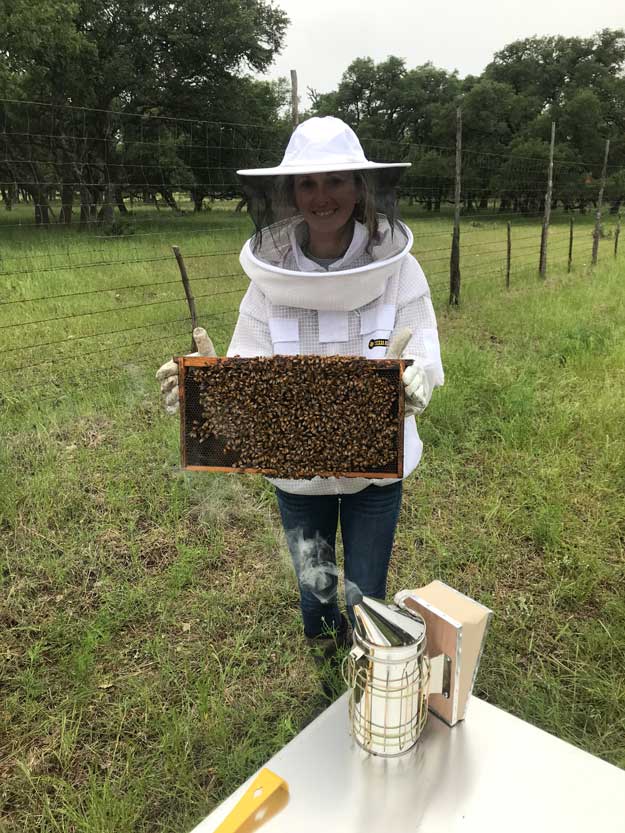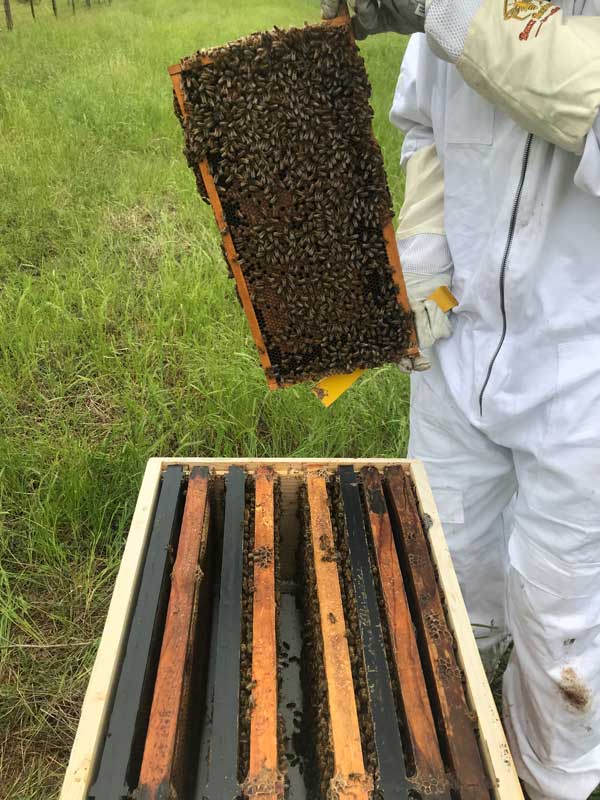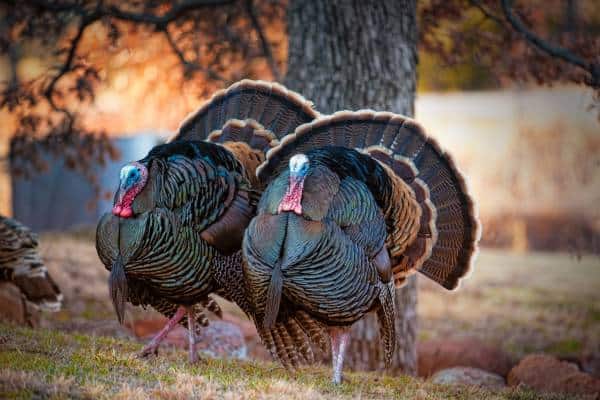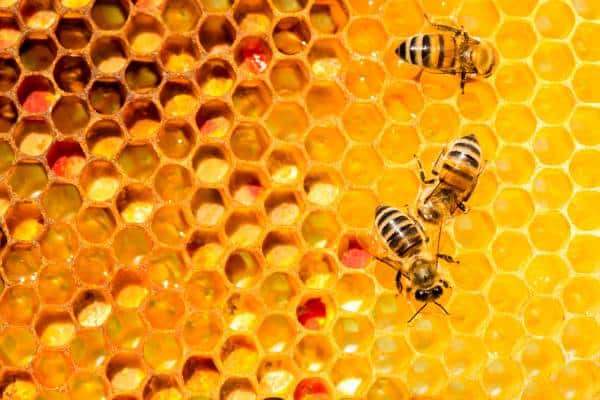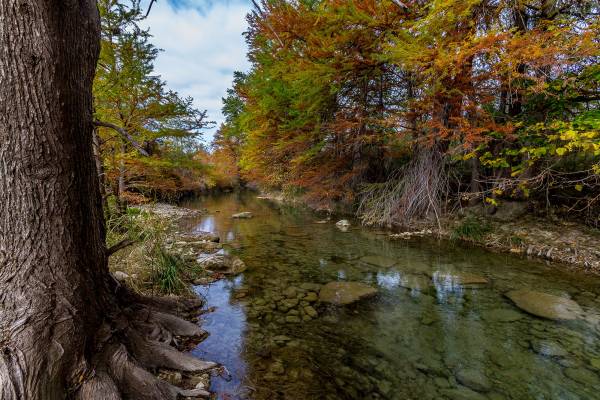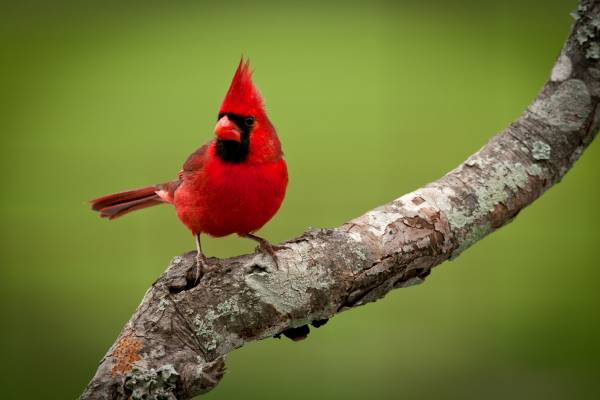“The Birds and The Bees” at Hidden Springs
Did you get the “birds and bees” talk growing up? I hope so, it’s a very important talk. Oh, wait a second, I’m referring to the fact that “birds and bees” are amazing pollinators for our food supply and wildflowers in the Hill Country. I’m not sure what you were thinking. Wait, hold on, (lightbulb moment) that might be exactly why it was called the “birds and bees” talk. I think we might be on to something!
Joking aside, birds and bees are on the list of important pollinators, that also includes bats, beetles, and butterflies. Pollinators transfer pollen and seeds from one flower to another, fertilizing the plant so it can grow and produce food. Statistics vary, but some experts think that up to 3 in 1 bites of food are attributed to bees alone (1).
At Hidden Springs, we have our very own amazing beekeeper tending to honey bees that we have on several tracts. These sweet little guys and queen bees help with three major functions. They provide agricultural exemptions for some of the landowners (for more information about this, click on this link), they will help pollinate a lot of our farm-to-table food, flowers, and blooming plants and trees all over Hidden Springs (with their other pollinator friends) and provide local honey for many of the residents.
I have always loved bees and their sweet nectar, so it was fun to learn more about them. Surprisingly, in North America alone there are over 4,000 species of bees. The honeybees that we are familiar with today, probably the most popular bee, are thought to not be native to the United States but were brought over by early settlers (that is very debated by bee lovers, so we are not choosing a side). If they did come across the ocean, I must wonder if any of our German forefathers from this area brought any over. The known native North American bee species include bumblebees, mason bees and orchard bees (2).
There are several misconceptions about these hard workers. Bees are not aggressive. One of the biggest worries people have about bees is being stung, but most of the time it is difficult to get stung by a bee. Honeybees and bumblebees may become aggressive if you approach their hive or colony because they will attempt to protect it, but unless they are provoked, most bees will leave you alone. Which leads to another misconception, most bees do not live in hives or colonies. According to Spevak, 70 percent of native bees nest in the ground and most bees are solitary. The social nature of bumblebees and honeybees is considered odd. (2)
So when you are looking for land for sale in Fredericksburg TX what things are you taking into consideration? Indulge me for a moment and let’s turn our direction back to Hidden Springs. We are going to great strides and are dedicated to creating a flourishing ecosystem that will be fruitful and bring joy to all the homesteaders of Hidden Springs. Come visit (if you haven’t been by) or take time to just sit out at your lot (if you are already part of the family), and see the work of the current pollinators, it is truly beautiful right now. On a closing note, I would be so bold to suggest next time you see a bee at your picnic you should thank him instead of swatting him. Bees are most definitely friends, not foes.
Want to learn more about the cool things that will be a part of the Hidden Springs Community? If you can’t control your curiosity visit The Green Page.
Have you had a watershed moment and now you realize that you love Fredericksburg and just need a place to live? Well come by and visit (book a tour) Hidden Springs we just so happen to have some land for sale in Fredericksburg TX, we’d love to call you neighbor!
Resources:
1. 1 of Every 3 Bites of Food Depends on Bees — Let’s Save Them
